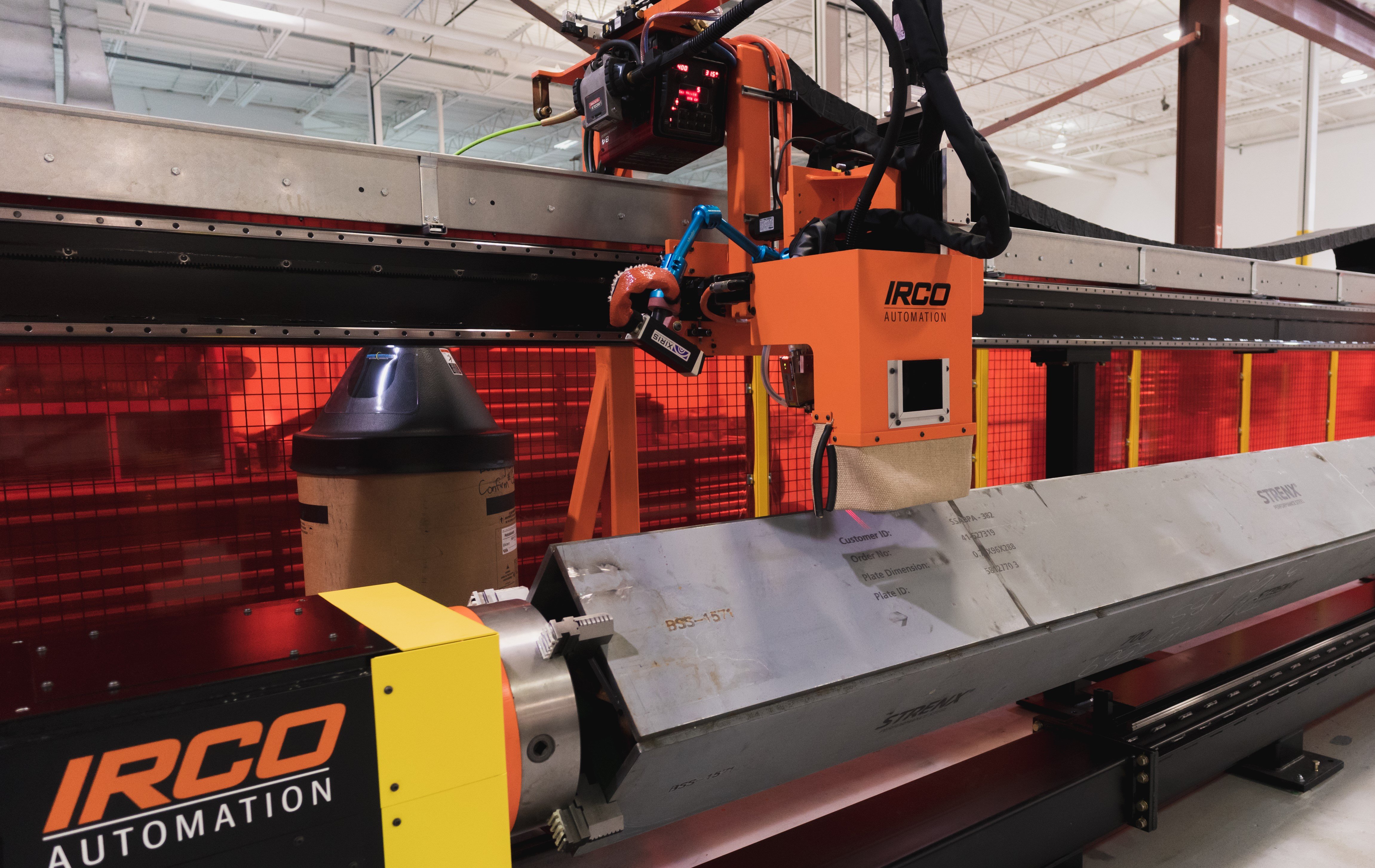In the past few years, Narrow Groove Gas Tungsten Arc Welding (GTAW/TIG) has evolved to become the most-productive pipe welding technique for the construction and repair of power plants. The technique is also being increasingly used in the assembly and repair of turbomachinery.
 However, to have success with Narrow Groove Welding, monitoring with Weld Cameras is usually necessary.
However, to have success with Narrow Groove Welding, monitoring with Weld Cameras is usually necessary.
Narrow Groove Welding and Thick-Walled Pipe
In both new and legacy power plants, pipes with thicker walls and greater pressure-resistance have become necessary because of considerably increased operating-temperature requirements. The pipes must be made from high-temperature steels with high creep rupture strength as a key quality feature—and the welds of these pipes have to follow the same parameters.
Some of these new pipes have wall thicknesses that approach , requiring more-efficient and affordable welding techniques, without compromising quality. Narrow Groove Welding best meets this need.
Narrow Groove Welding is usually used on wall thicknesses of at least and groove gaps greater than about or so. The sidewall bevel in the groove ranges from 0°-5°—compared to the 37.5° sidewalls in traditional weld preps. Into this narrow groove is placed a weld head (or two) configured as a thin plate of about maximum width, with integrated wire feeders. A side-to-side oscillation is used during the welding process to achieve consistent sidewall fusion.
Compared to welding with conventional grooves, Narrow Groove Welding provides numerous benefits to fabricators, including:
- Reduced weld volume (at least 70% less than conventional grooves).
- Reduced groove preparation time due to the smaller groove.
- Reduced arc-on time with smaller joint.
- Reduced heat input and width of the heat-affected zone (HAZ).
- Reduced residual stresses and related distortion compared to single or double v-groove welds.
- More-precise control of welding variables.
But Narrow Groove Welding presents a difficulty—seeing what’s going on in the very narrow, quite-deep groove.
Monitoring Down in the Groove
A Weld Camera is the best tool to overcome the weld visibility challenge of Narrow Groove Welding. Because a Weld Camera can image inside the narrow groove, it helps the operator to center the torch in the axis of the joint to be welded, or to guide the torch with respect to one reference side of the groove. Process and quality control are improved because the operator can monitor the weld in real time, continuously checking the weld pool for adequate sidewall fusion and coverage.
In orbital Narrow Groove Welding applications, using a Weld Camera enables on-the-fly adjustments to be made in three degrees of freedom (lateral position; yaw or orientation in the axis of the weld groove; and pitch or trim correction) so that arc-on time can be optimized.
For some welding applications of very high-strength steel alloys, vertical down welds are the only type of weld permitted; others only permit vertical up welds. The result is that many Narrow Groove Welding heads are equipped with symmetrical wire feeds in front of and behind the torch for welding in both directions. As a result, it’s necessary to have a camera in each direction to be able to see the wire tip.
Conclusion
To maximize efficiency in Narrow Groove Welding, Weld Cameras are needed to provide operators with adequate weld visibility to control the process. Particularly if the Weld Camera has the most-advanced technology (e.g., High Dynamic Range imaging), it can substantially improve productivity and quality for fabricators.
Image Courtesy of Arc Machines Inc.



.png)


